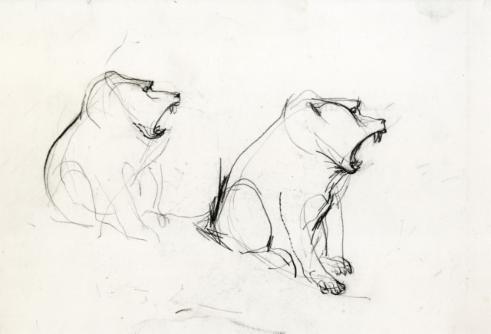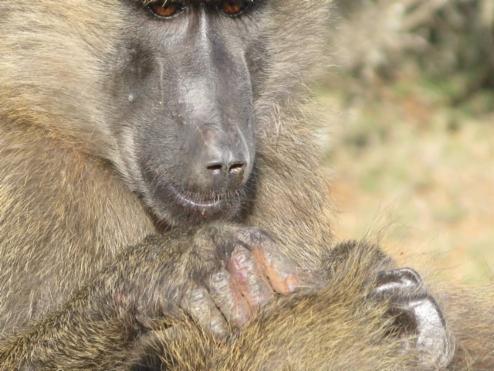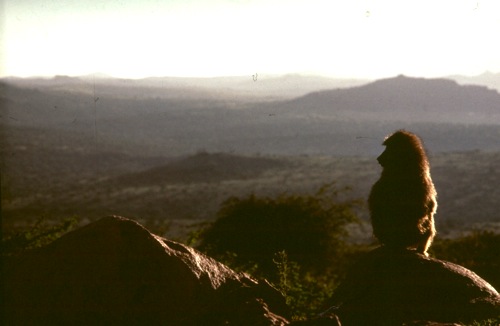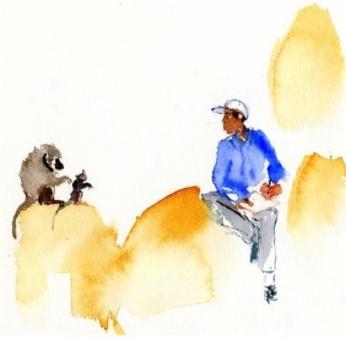USING SCIENCE TO LEARN ABOUT PRIMATES,
INCLUDING OURSELVES
During the past 38 years, Strum, the Baboon Project staff and associated students and interns have studied important dimensions of baboon life testing predictions from important scientific theory as well as following up hunches provided by the baboons’ own behavior. Shirley Strum’s personal goal is to restore complexity to our scientific understanding of baboons.

UNBP studies important dimensions of baboon life:
- Social relationships and social dynamics
- The two-way interaction of baboons and ecology
- The daily decisions about where to go and what to eat
- Baboon life histories
- The life history of a group
- Unusual events like the development of hunting

This information provides insights about:
- The process of adaptation
- The evolution of social sophistication
- The evolution of cognition
- How to resolve current conservation dilemmas
- And how useful are baboon models for the early stages of human evolution.
We integrate these facts into the bigger picture of baboon and human socio-ecology:
- Changing landscape
- Impact on baboons (sanctuary and predators)
- Population dynamics and relationship between troops
- The food resources
- The social constraints and facilitators


